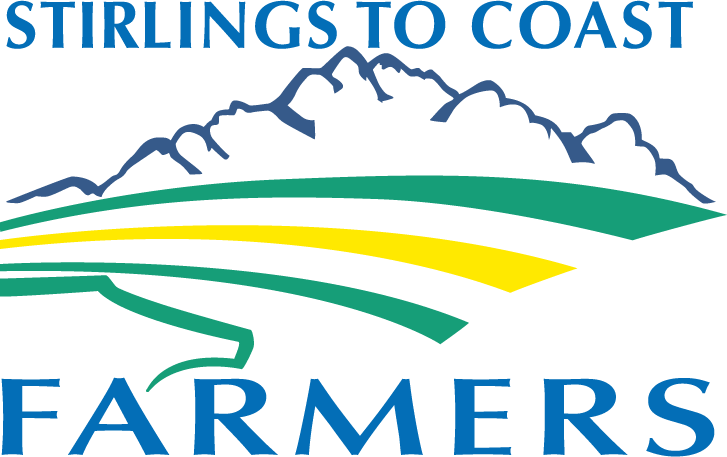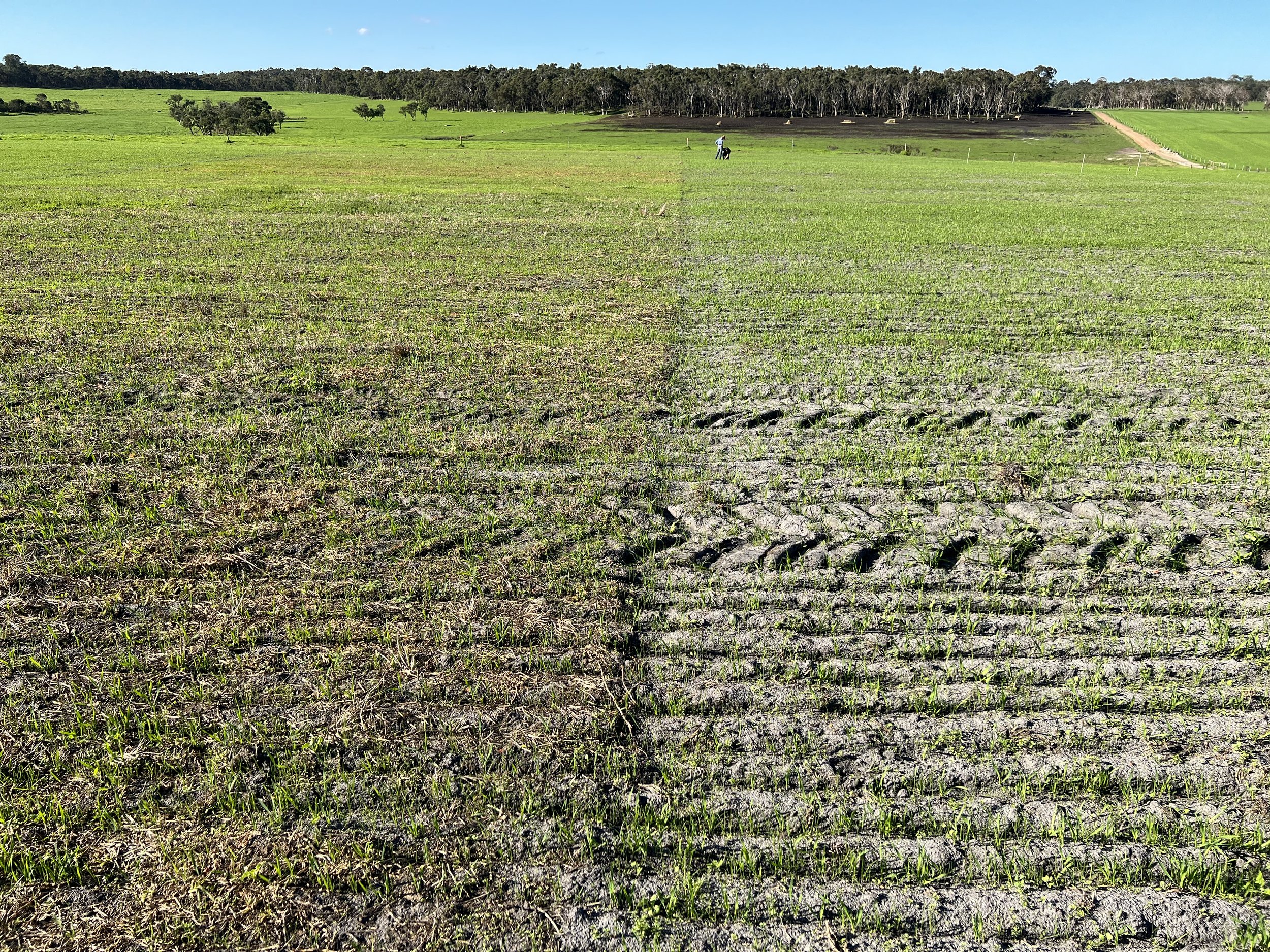Clay Rate x Incorporation Demonstration 2022-24 - Western Dairy
Stirlings to Coast Farmers are pleased to be a part of a larger Grower Group Alliance led project examining agronomic factors for frost risk mitigation. Funded by GRDC, this project aims to build knowledge informing grower and advisor decisions relative to current seasonal events. A priority is to support and engage with growers inexperienced with frost and underprepared to manage effects on their profitability.
background
Although clay spreading sandy soils has been an established practice in broadacre cropping for over two decades, the practice has had limited up-take in the dairy industry. At a recent Western Dairy Inc. Board meeting, there was a great deal of interest to see investment into improving soil fertility through changes in organic matter (OM), plant emergence & establishment, phosphorus retention, and non-wetting through the addition of clay and then incorporating it. Improvements in soil condition and nutrient use efficiency also have the potential to reduce nutrient loss to waterways and the environment, so the project is being supported by Healthy Estuaries WA. The Western Dairy Board felt that the adoption of clay spreading could help dairy farmers be better custodians of their fragile soils through better nutrient use efficiency and early pasture growth.
A preliminary demonstration was completed by a dairy farmer in Denmark who noted improvements in pasture growth since applying clay two years ago. The same farmer, Andrew Jenkins, will host a demonstration site from 2022-24, managed by Stirlings to Coast Farmers (SCF), with a second demonstration site being set up at Scott River, managed by a private agronomist.
methodology
The trial will include demonstration strips with four treatments - 0%, 1%, 3%, and 6% clay of the finished soil (after incorporation and measured at 10cm mixing depth). Percentages of clay in the finished soil rather than application rates will be used on the recommendation of DPIRD soils researcher, Glenn McDonald, as all clays are not equal in actual clay content. To determine the amount of clay required based on the clay content of the original soil and the clay content of the donor clay, we will use the clay calculator tool developed by David Hall (DPIRD).
trial design
resources
ACKNOWLEDGEMENT
This project is a part of Healthy Estuaries WA – a State Government Royalties for Regions program that aims to improve the health of our South West estuaries.







